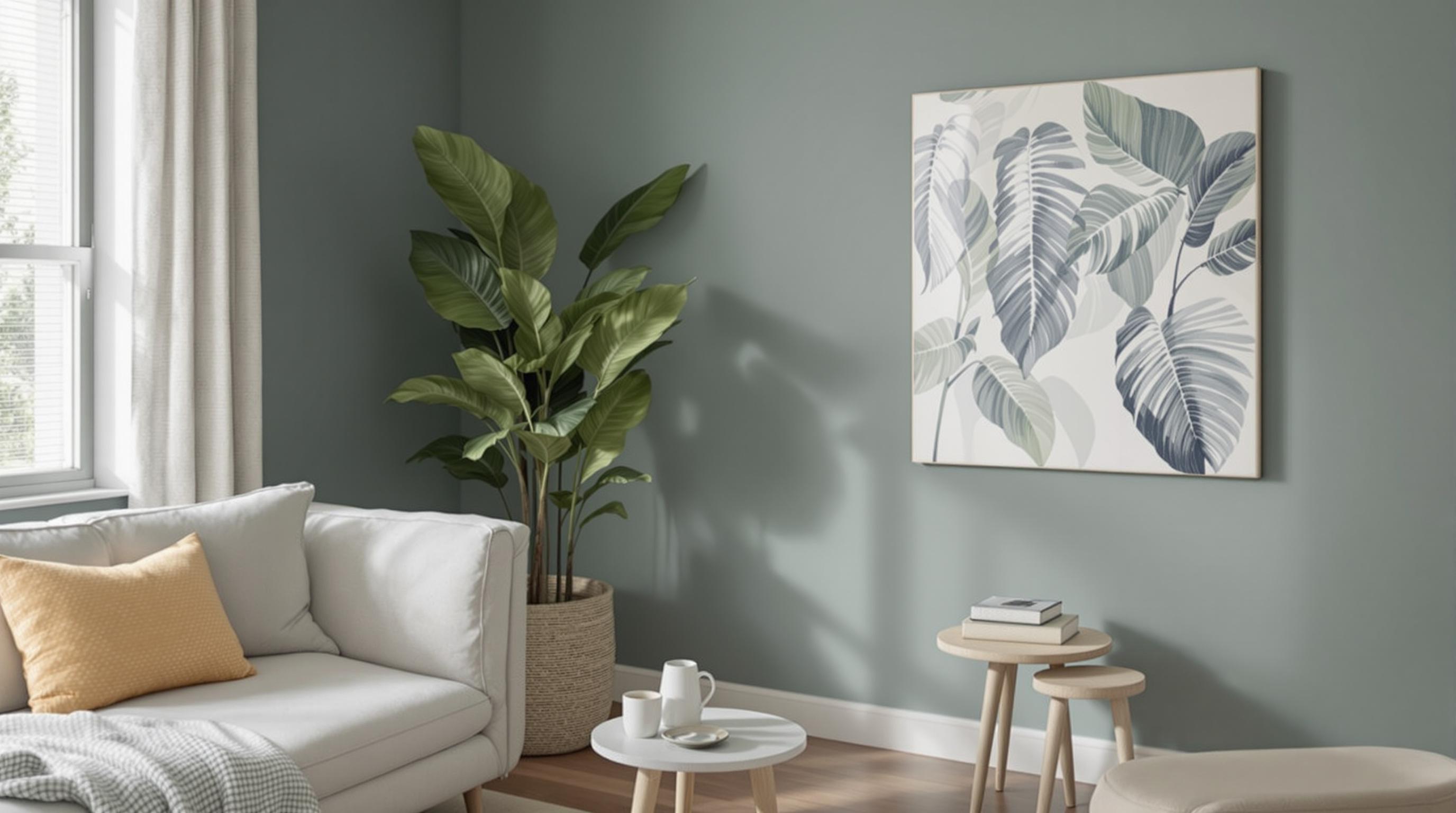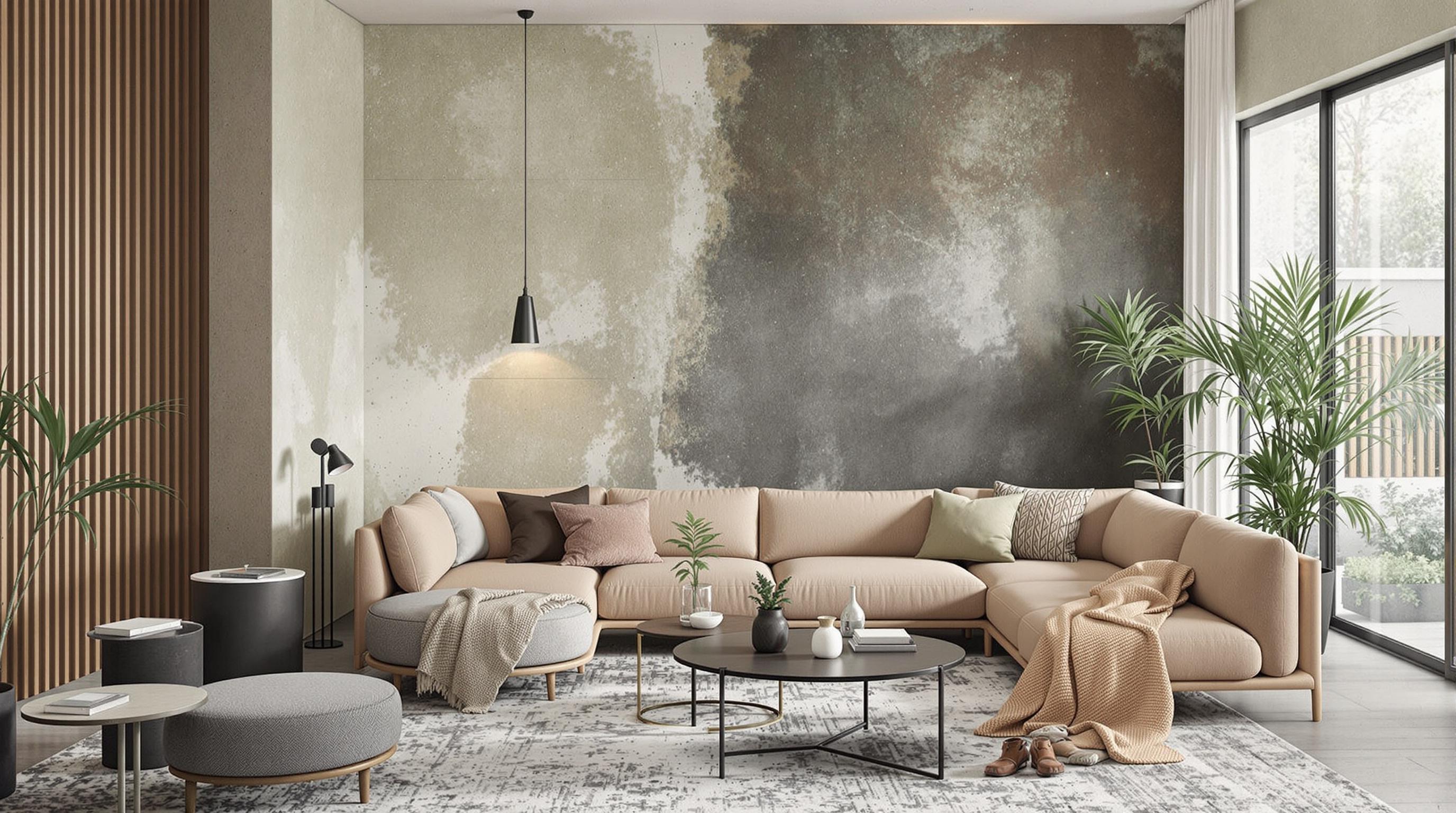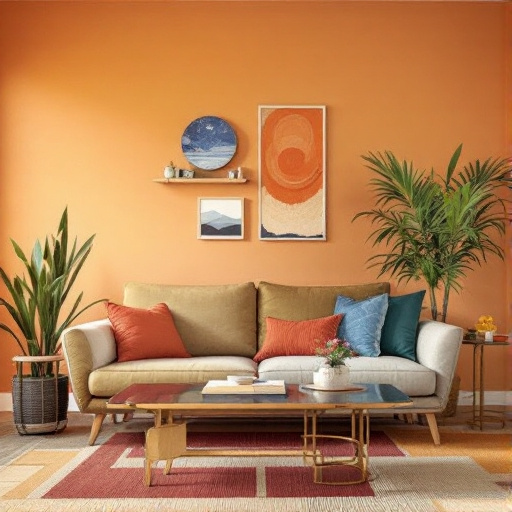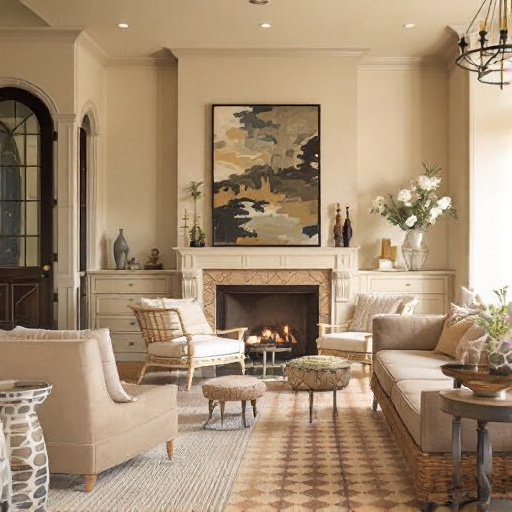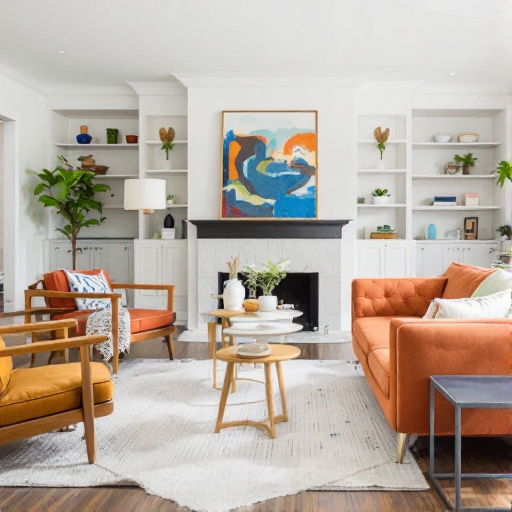Featured Articles
- "Beyond Beige: Unconventional Color Schemes That Challenge Traditional Home Design Norms"
- "Beyond Neutrals: Embracing Unconventional Color Pairings for a Bold Home Makeover"
- "Beyond Neutrals: Exploring the Psychology of Unconventional Color Pairings in Home Decor"
- Color Psychology: How House Paint Choices Impact Mood and Relationships in Unexpected Ways
- How Microclimates Indoors Influence Color Choices and the Subtle Energy Flow in Living Spaces
"Unexpected Hues: How Mood-Enhancing Colors in Your Home Can Shift Your Personality and Boost Relationships"
"Unexpected Hues: How Mood-Enhancing Colors in Your Home Can Shift Your Personality and Boost Relationships"
Colors do more than beautify our spaces; they influence our emotions, behaviors, and even interpersonal relationships. In this exploration, we delve into how unexpected hues can enhance your mood, reshape your personality, and foster deeper connections with others.
The Science of Color Psychology
Color psychology is a fascinating field that studies how colors can affect human emotions and behaviors. According to a study by ColorPsychology.org, up to 90% of snap judgments made about products are based on color alone. This isn't just relevant for marketers; it extends to our living environments as well.
Emotional Impact of Colors
Each color resonates with a different emotion. For instance, blue often evokes a sense of calm and tranquility, making it popular in bedrooms and bathrooms. Conversely, colors like red can stimulate energy and excitement, ideal for spaces where social interaction occurs, like dining rooms or living areas.
Interestingly, a case study involving the design of office spaces showed that employees working in blue-hued environments reported higher levels of productivity, satisfaction, and overall well-being (Kwallek et al., 1996). So, choosing the right color for your home isn't merely an aesthetic decision; it's also a strategic one for enhancing your daily experiences.
Technicolor Emotions: Choosing Your Palette
Imagine walking into a room painted bright yellow; the immediate response is likely one of cheerfulness. Yellow is psychologically linked to happiness and can spark joy almost instantly. However, the significance of yellow can vary by culture. In some countries, yellow symbolizes caution (think of caution signs), while in others, it represents celebration. Thus, before splashing yellow on your walls, consider the cultural context and how it resonates with you and your loved ones.
Relationships and Interior Colors
Our choices in color can transcend our personal moods and extend to our relationships. If you want to rekindle a romance, consider softer shades like peach or lavender, known for fostering gentleness and understanding. A survey conducted by Apartment Therapy revealed that couples who redecorated their shared spaces with soothing pastel tones reported improved communication and intimacy (191 respondents, 2021).
Telling a Soulful Story: A Personal Experience
Let me share a little anecdote from my own experience. At 35, I decided to paint my living room a deep teal. It seemed like an unexpected choice at the time, as I had always gravitated toward neutrals. Yet, after the transformation, I noticed a remarkable change. My friends often remarked on how inviting my home felt, and I found myself hosting gatherings more often. Little did I know that the hue was not just changing my space, but also my interactions within it!
The Color Gotcha: Beware of Overstimulation
While colors can uplift us, it’s crucial to exercise caution. Overstimulating colors can lead to anxiety or irritability. For example, bright reds in excessive amounts might generate a sense of urgency—great for a workout space but less so for a relaxing living area. Balance is key; pairing energetic hues with grounding colors such as greens or soft browns can create a harmonious atmosphere.
Mixing It Up: Creating Zones
Think of your home as a canvas where you can create different "emotion zones." These zones can reflect different moods you want to cultivate, playing a significant role in both personal serenity and relational harmony. For instance, a home office painted in soft blues can invite focus and productivity, while a cozy reading nook decked out in warm oranges can promote comfort and relaxation.
By mixing colors mindfully, you cultivate a dynamic environment that supports varied emotional states throughout your day. Notably, the same Apartment Therapy survey indicated that homes utilizing diverse color palettes in different rooms were associated with higher satisfaction rates among occupants, with up to 76% reporting that color contributed significantly to their feelings of belonging and happiness.
Bold Choices: Taking a Chance with Color
If you’re feeling adventurous, consider incorporating bold colors as accent pieces instead of the entire room. A strong green chair or a vividly colored rug can serve as focal points, providing bursts of joy without overwhelming the senses. This approach not only encourages an invigorating environment but also ignites conversations—brave choices can become stories that draw people in.
Seeking Inspiration: Nature’s Palette
Don’t underestimate the influence of nature's color palette. Watch the seasons change; observe the lush greens of spring giving way to the fiery oranges and reds of autumn. Bringing these colors into your home can create a sense of connection with the outside world, grounding you and enhancing mental well-being. For example, incorporating earth tones can provide a comforting backdrop while allowing you to feel more in tune with the natural world.
Final Thoughts: A Colorful Life Awaits
Ultimately, color is a powerful tool that shapes not only our surroundings but also our emotional landscape and relationships. By choosing unexpected hues thoughtfully, you are not merely decorating your space; you are curating an experience that can shift your mood, enhance your personality, and strengthen your bonds with others.
As you consider your next home makeover, remember that each brushstroke carries the potential to enhance your life and enrich the connections you cherish most. Step outside the beige box; embrace unexpected hues and let them inspire the vibrancy you’ve always sought! Whether you're 16 or 70, the magic of color applies to us all. So, what are you waiting for? Transform those walls and find out how startlingly uplifting a splash of color can be!
